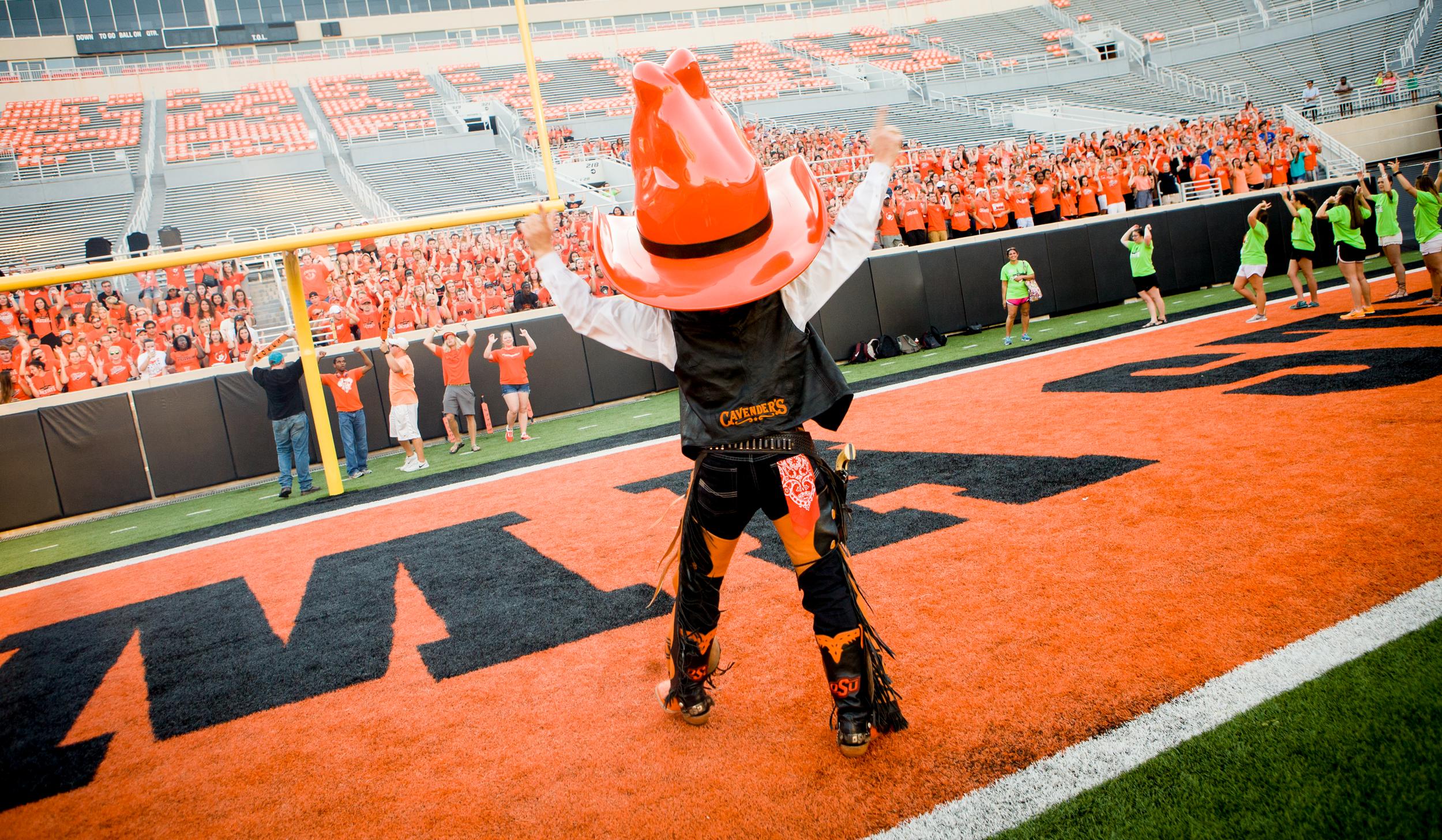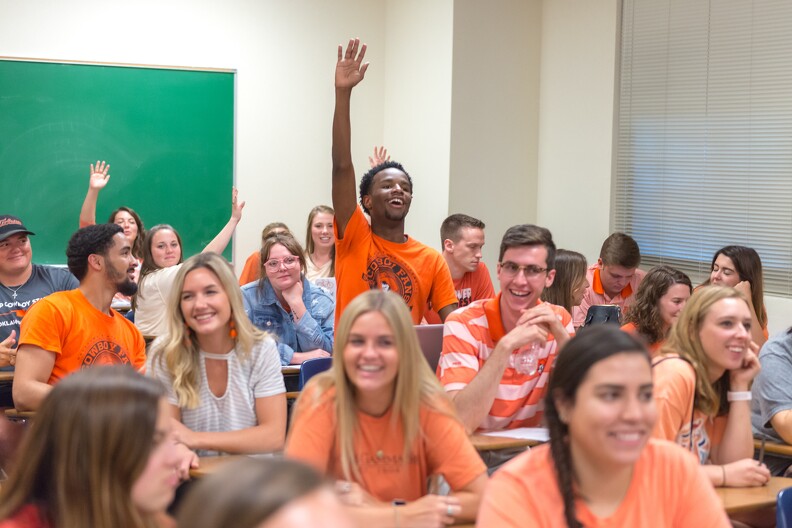5.1 What is Audience Analysis?
Click below to play an audio file of this section of the chapter sponsored by the Women for OSU Partnering to Impact grant.

“When you know your audience, your audience knows.” -Unknown
One of the consequences of the First Amendment to the Constitution, which protects our right to speak freely, is that we focus so much on what we want to say that we often overlook the question of who our audience is. Does your audience care what you as a speaker think? Can they see how your speech applies to their lives and interests? The act of public speaking is a shared activity that involves interaction between speaker and audience. In order for your speech to get a fair hearing, you need to create a relationship with your listeners. Scholars Sprague, Stuart, and Bodary explain, “Speakers do not give speeches to audiences; they jointly create meaning with audiences” (Sprague, et al., 2010). The success of your speech rests in large part on how your audience receives and understands it.
Think of a time when you heard a speech that sounded “canned” or that fell flat because the audience didn’t “get it.” Chances are that this happened because the speaker neglected to consider that public speaking is an audience-centered activity. Worse, lack of consideration for one’s audience can result in the embarrassment of alienating listeners by telling a joke they don’t appreciate, or using language they find offensive. The best way to reduce the risk of such situations is to conduct an audience analysis as you prepare your speech.
Audience analysis is the process of gathering information about the people in your audience so that you can understand their needs, expectations, beliefs, values, attitudes, and likely opinions. In this chapter, we will first examine some reasons why audience analysis is important. We will then describe three different types of audience analysis and some techniques to use in conducting audience analysis. Finally, we will explain how you can use your audience analysis not only during the creation of your speech but also while you are delivering it.

As Pistol Pete, the spirited mascot of Oklahoma State University, I understand the vital importance of connecting with my audience and tailoring my message to resonate with them. To effectively analyze my audience, I utilize various strategies that allow me to understand their needs, values, and interests.
First and foremost, I observe the diverse composition of the Oklahoma State University community. From students to faculty, alumni to visitors, each group brings unique perspectives and experiences to the table. By recognizing this diversity, I can adapt my communication style to ensure inclusivity and relevance for all.
Additionally, I pay close attention to the context and setting in which I engage with my audience. Whether it’s a sporting event, a pep rally, or a community outreach program, each environment offers distinct opportunities to connect. By considering the expectations and atmosphere of the specific event, I can tailor my message and delivery accordingly, ensuring maximum impact and resonance.
Furthermore, I engage in active listening and dialogue with the Oklahoma State community. I seek feedback, whether through formal channels or informal conversations, to gain insights into their needs, concerns, and aspirations. This two-way communication allows me to understand their perspectives, build trust, and ensure that my messages align with their values and aspirations.
Lastly, I remain attuned to current events, cultural shifts, and emerging trends that shape the collective mindset of the Oklahoma State community. By staying informed, I can address relevant topics, spark conversations, and adapt my message to reflect the ever-evolving interests and sensitivities of my audience.
By employing these strategies, I can effectively analyze my audience at Oklahoma State University, understanding their diversity, needs, and aspirations. Armed with this knowledge, I can engage with authenticity, relevance, and the unwavering spirit that defines the Orange Cowboy community. Together, we can forge meaningful connections, foster unity, and inspire each other to reach greater heights. Go Pokes! How can you go about learning who will be in your audience?
*Pistol Pete scenarios are all based on hypothetical events and were written with the use of Chatgpt and careful editing by Speech Communication faculty.
References
Sprague, J., Stuart, D., & Bodary, D. (2010). The speaker’s handbook (9th ed.). Boston, MA: Wadsworth Cengage.
This resource is available at no cost at https://open.library.okstate.edu/speech2713/
the process of gathering information about the people in your audience so that you can understand their needs, expectations, beliefs, values, attitudes, and likely opinions

